Peng Lei Q&A
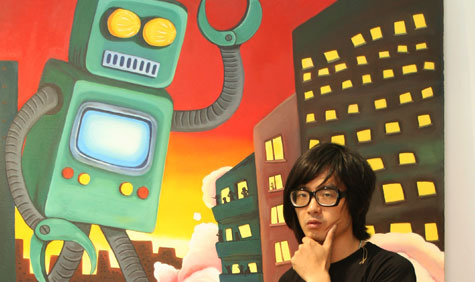
Peng Lei, artist, director and front man of one of China's biggest pop bands New Pants, takes time out of his busy schedule to chat with our guest editor Xu Jinglei.
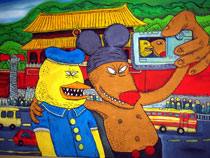
Click here to see Peng Lei's work
Xu Jinglei: How do you juggle being a musician, artist, filmmaker and toyshop owner?
Peng Lei: As front man of the band New Pants, people have got to know the real me not just the musician. I like painting and I have been studying and doing so since my childhood. To be a film director was a dream when I was in college. My working principle is that if one project that I’m working on shows no sign of progressing smoothly, then I immediately move onto other projects. Thus, I would never completely run out of things to do. The essences of all my roles are more or less interconnected, and each role is beneficial to the others.
XJ: Do the same things influence you for each role?
PL: You could say that. My interests are actually quite limited: for many years, I preferred the European and American 1970s and 1980s pop culture, such as New Wave and Disco, of which I was fond during my childhood. As a result, my present work resembles and reflects this kind of culture with only slight differences in format.
XJ: Where does your interest in toys come from?
Wallpaper* Newsletter
Receive our daily digest of inspiration, escapism and design stories from around the world direct to your inbox.
PL: When I was a little boy, I didn’t have enough money to buy a lot of toys. So after I grew up, I bought all the toys that I couldn’t afford when I was little. Collecting toys is a habit that I have developed since childhood. I think everybody is like that, if they like something, they would keep buying. Moreover, toys are a very good form of entertainment: they are not complex like people, and one can always get pure joy from them.
XJ: Choose three words that sum up your creative output?
PL: Absolute realism, duplicity, Chinese post-wave.
XJ: Who do you want your work to appeal to?
PL: My work is enjoyed by both young and old.
XJ: What does your work take from China’s cultural heritage?
PL: I am quite interested in China's feudal superstition: when I was young I liked ‘Liao Zhai’ very much. Though most Chinese people today have almost forgotten these things, I really like referring to it in my work. For instance, my first movie ‘Peking Monster’ referenced Cixi from the Qing Dynasty with some modern and funny techniques.
XJ: How are young artists, designers, architects and creative students changing Chinese culture?
PL: I think that these people are studying and imitating the West. Because of them, China is becoming more and more like the West. I don’t think this is a good thing because no-one has developed a contemporary language for Chinese art. In the last two years, the situation for modern art has improved in the sense that a distinctive ‘Chinese feel’ is gradually creeping into all kinds of art work.
XJ: We’ve recently had unprecedented insight into Chinese culture thanks to the Olympics – do you feel this is the beginning of a more open cultural relationship between China and the rest of the world?
PL: Yes, certainly. Today’s Chinese people are not as backward as the foreigners may imagine and we do hope the whole world can look at today's China with brand new eyes. The Olympic Games was really a great party that left the whole world in shock. What’s more, in a sense, the cultural environment in China is even freer than that of the Western countries.
XJ: Have you ever felt a contradiction and perplexity between art and money?
PL: In the early years, I was quite puzzled as even though I thought my work was good, it didn’t obtain much recognition, let alone make money. But things became much better, and slowly my individuality and extraordinary style have become bankable. These days I am much more open-minded: on the one hand I make products to completely meet the commercial needs of the public with little individual style. On the other, I create according to my own desires, unconcerned by money or the market. These two kinds of creative work are gradually coming together, and I hope one day they could finally merge into one.
XJ: How do you regard the Chinese traditional culture, as well as the saying of ‘Of the nation, of the world’?
PL: Chinese traditional culture is very human. Though it looks somewhat negative at present, it is actually full of attitude. No country and no age in the world would have such product. I think that ‘of the nation, not of the world’ is a better saying. Each culture should maintain its own individuality and different cultures should be given time to develop mutual understanding. I think ‘global integration’ is the worst cultural ambition.
XJ: If possible, which aspect of China's cultural environment do you hope to be better at present?
PL: I hope that the focus of the media will improve. Overseas, in countries such as Britain, the media attaches huge importance to the promotion of their cultural industries, for instance the development of their rock and roll industry. China's culture is still in something of an ‘emerge of itself and perish of itself’ condition. The Chinese media still pays major attention to those issues that have been reported on for years: grain, resources, the population problem and the like - instead, it is Chinese culture that should be reported and disseminated vigorously and endlessly.
XJ: If you could take only three things to a desert island, what would they be?
PL: Cat, tape recorder and bed.
-
 Mercedes-Benz previews its next-gen people mover with an ultra-luxury EV concept
Mercedes-Benz previews its next-gen people mover with an ultra-luxury EV conceptThe Mercedes-Benz Vision V Concept is an art deco picture palace on wheels, designed to immerse passengers in parallel worlds as they travel
By Jonathan Bell
-
 Visit this Michelin-star New York restaurant that doubles as an art gallery
Visit this Michelin-star New York restaurant that doubles as an art galleryArtist Mr.StarCity is exhibiting his emotionally charged yet optimistic ‘Bloomers’ portrait series at Frevo, a Greenwich Village hidden haunt
By Adrian Madlener
-
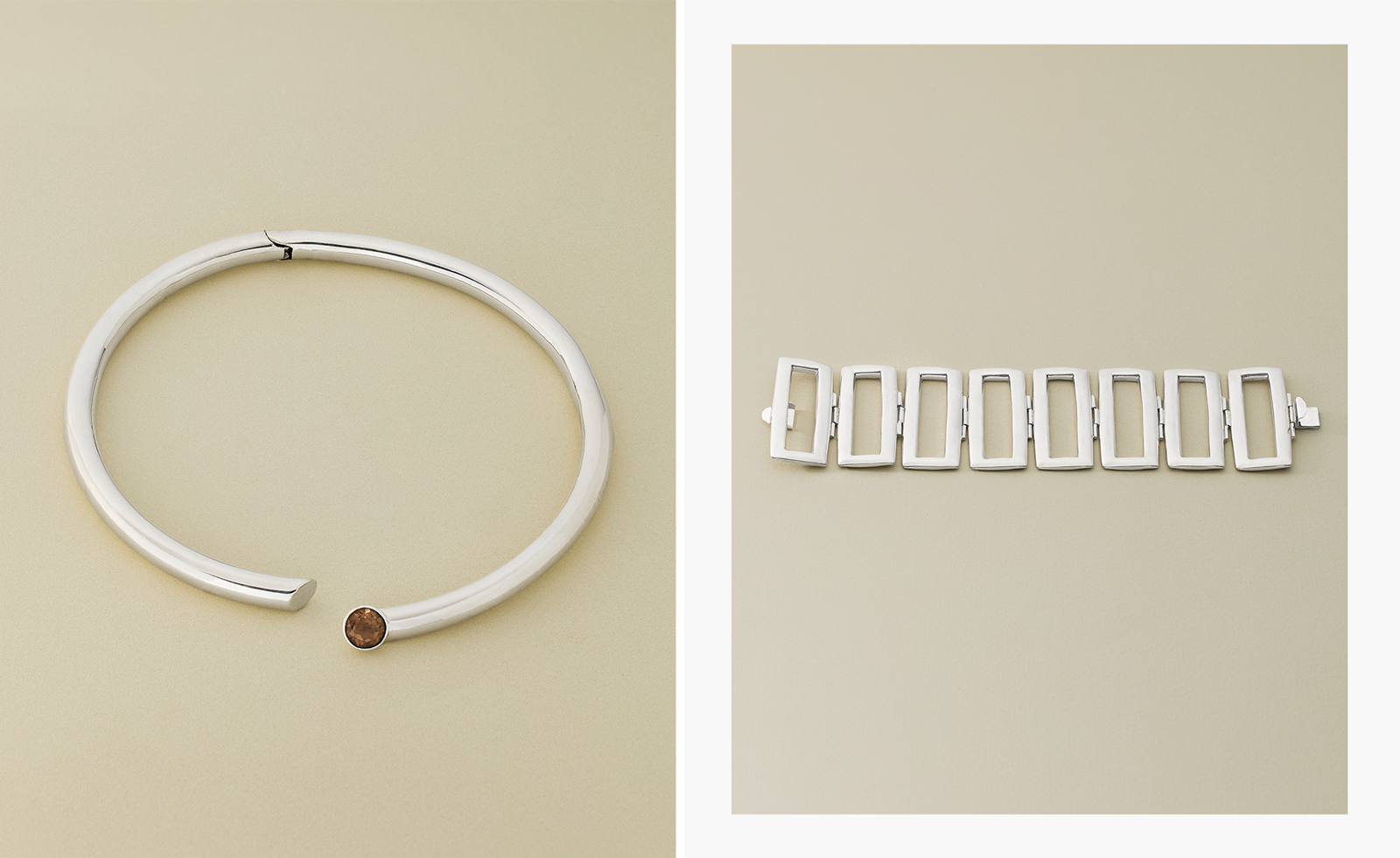 Nina Runsdorf brings classic jewellery back to life to mark 20 years
Nina Runsdorf brings classic jewellery back to life to mark 20 yearsNew York-based jewellery designer Nina Runsdorf celebrates her eponymous brand’s anniversary with a new jewellery collection, ‘Archive’
By Hannah Silver
-
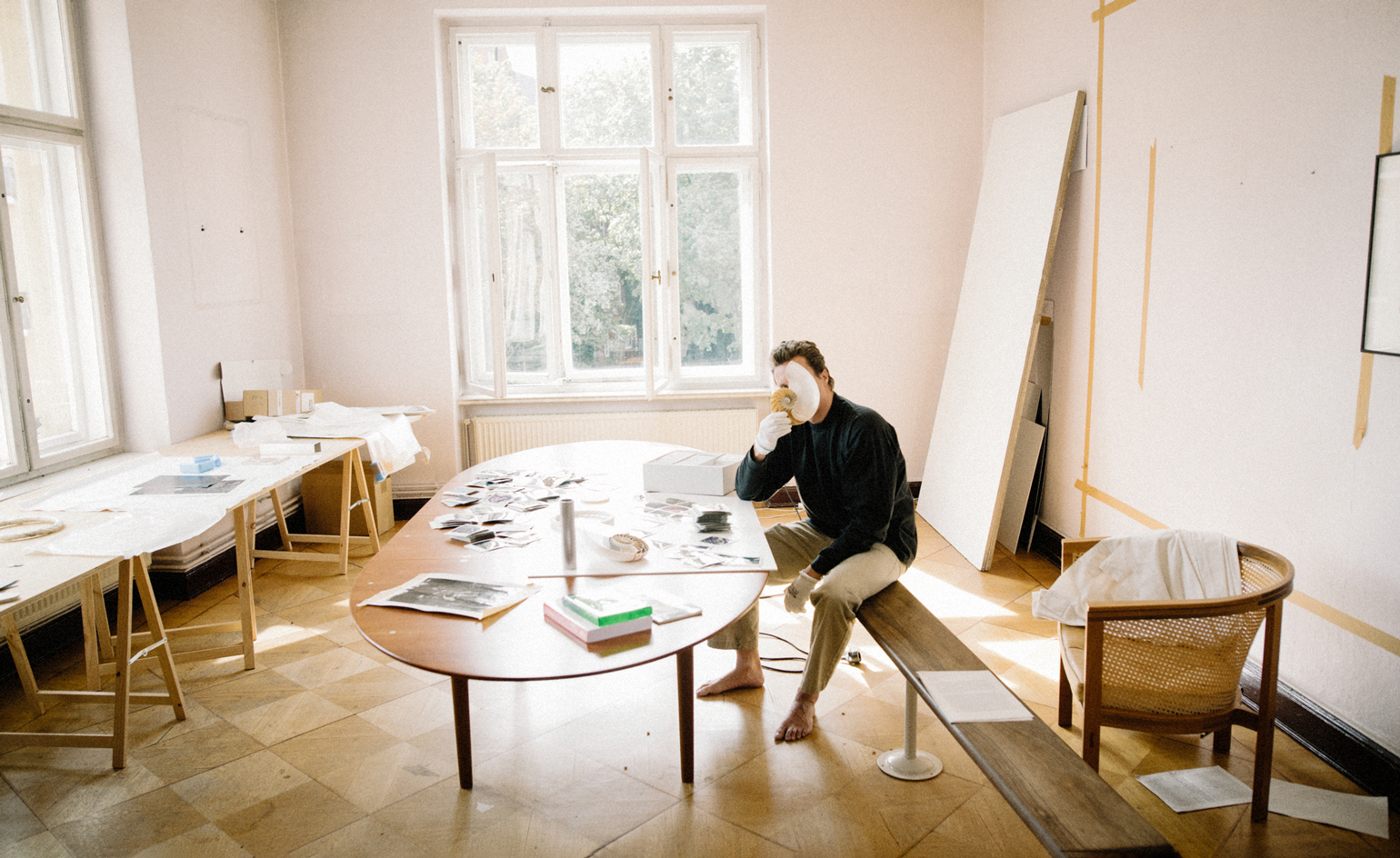 Cyprien Gaillard on chaos, reorder and excavating a Paris in flux
Cyprien Gaillard on chaos, reorder and excavating a Paris in fluxWe interviewed French artist Cyprien Gaillard ahead of his major two-part show, ‘Humpty \ Dumpty’ at Palais de Tokyo and Lafayette Anticipations (until 8 January 2023). Through abandoned clocks, love locks and asbestos, he dissects the human obsession with structural restoration
By Harriet Lloyd-Smith
-
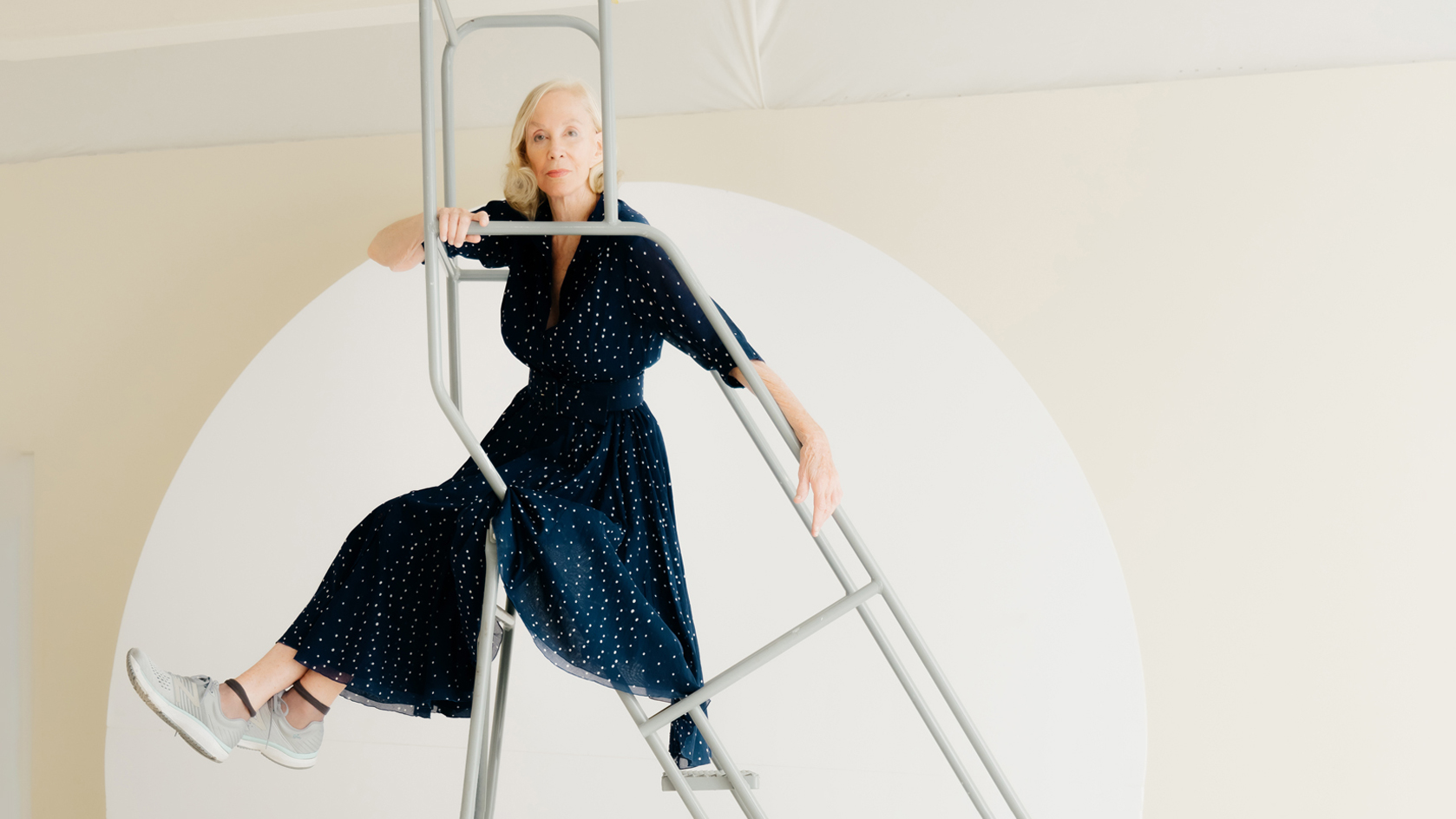 Year in review: top 10 art interviews of 2022, chosen by Wallpaper* arts editor Harriet Lloyd-Smith
Year in review: top 10 art interviews of 2022, chosen by Wallpaper* arts editor Harriet Lloyd-SmithTop 10 art interviews of 2022, as selected by Wallpaper* arts editor Harriet Lloyd-Smith, summing up another dramatic year in the art world
By Harriet Lloyd-Smith
-
 Yayoi Kusama on love, hope and the power of art
Yayoi Kusama on love, hope and the power of artThere’s still time to see Yayoi Kusama’s major retrospective at M+, Hong Kong (until 14 May). In our interview, the legendary Japanese artist vows to continue to ‘create art to leave the message of “love forever”’
By Megan C Hills
-
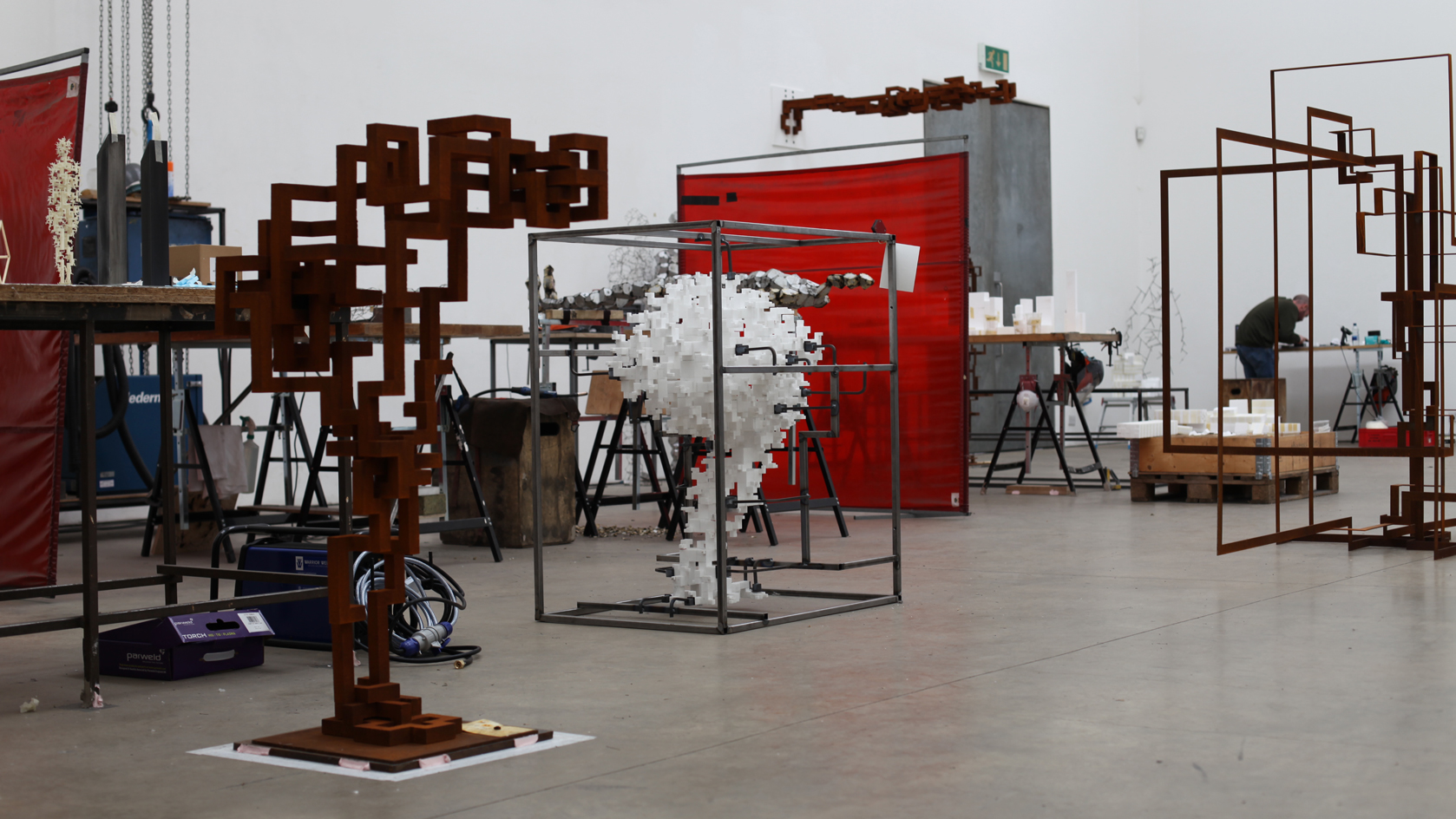 Antony Gormley interview: ‘We’re at more than a tipping point. We’re in a moment of utter crisis’
Antony Gormley interview: ‘We’re at more than a tipping point. We’re in a moment of utter crisis’We visit the London studio of British sculptor Antony Gormley ahead of his major new show ‘Body Field’ at Xavier Hufkens Brussels
By Harriet Lloyd-Smith
-
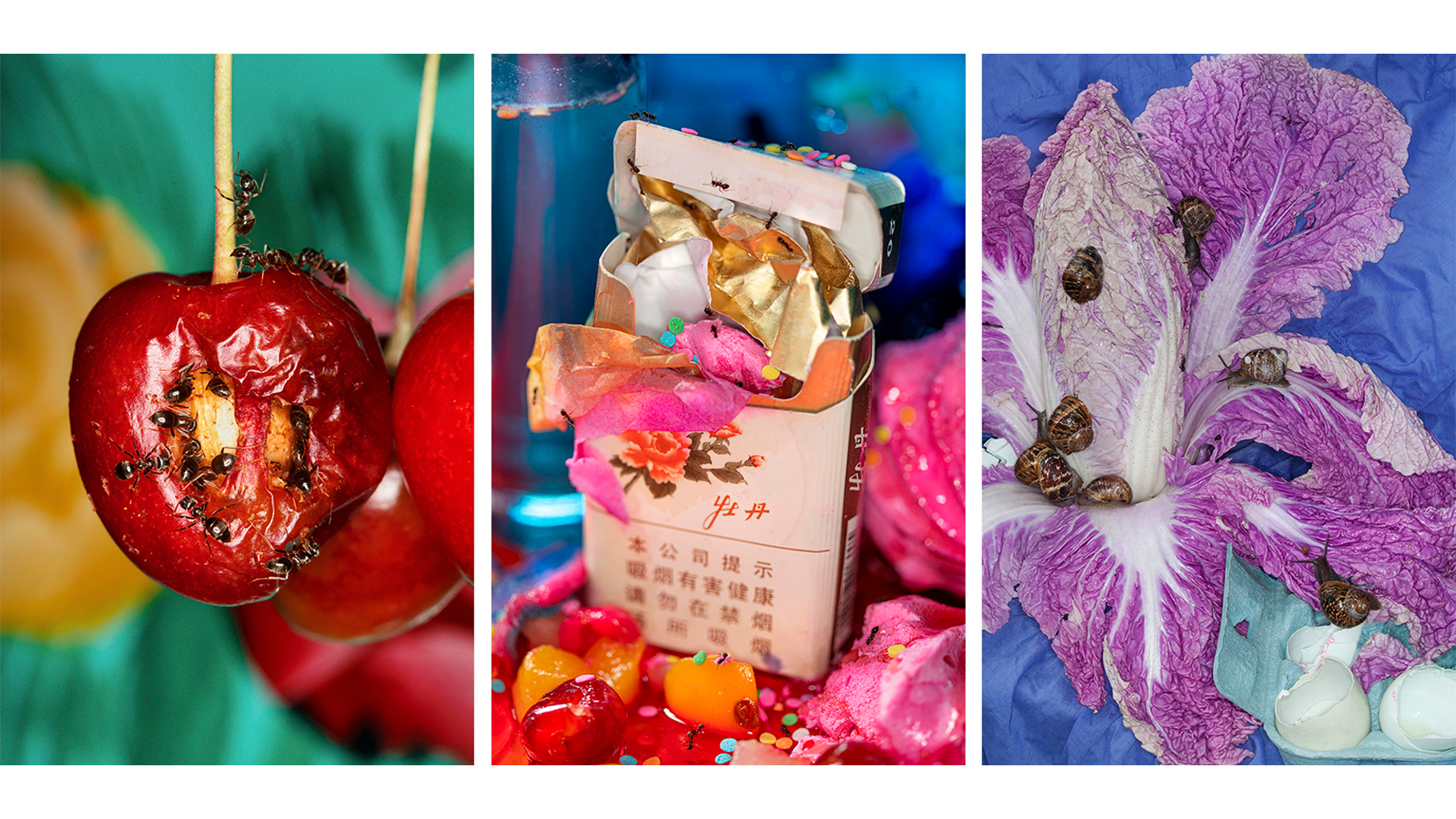 Photographer Maisie Cousins on nostalgia, impulsive making and ‘collecting useless things’
Photographer Maisie Cousins on nostalgia, impulsive making and ‘collecting useless things’Explore the vision of British artist Maisie Cousins in ‘Through the lens’, our monthly series spotlighting photographers who are Wallpaper* contributors
By Sophie Gladstone
-
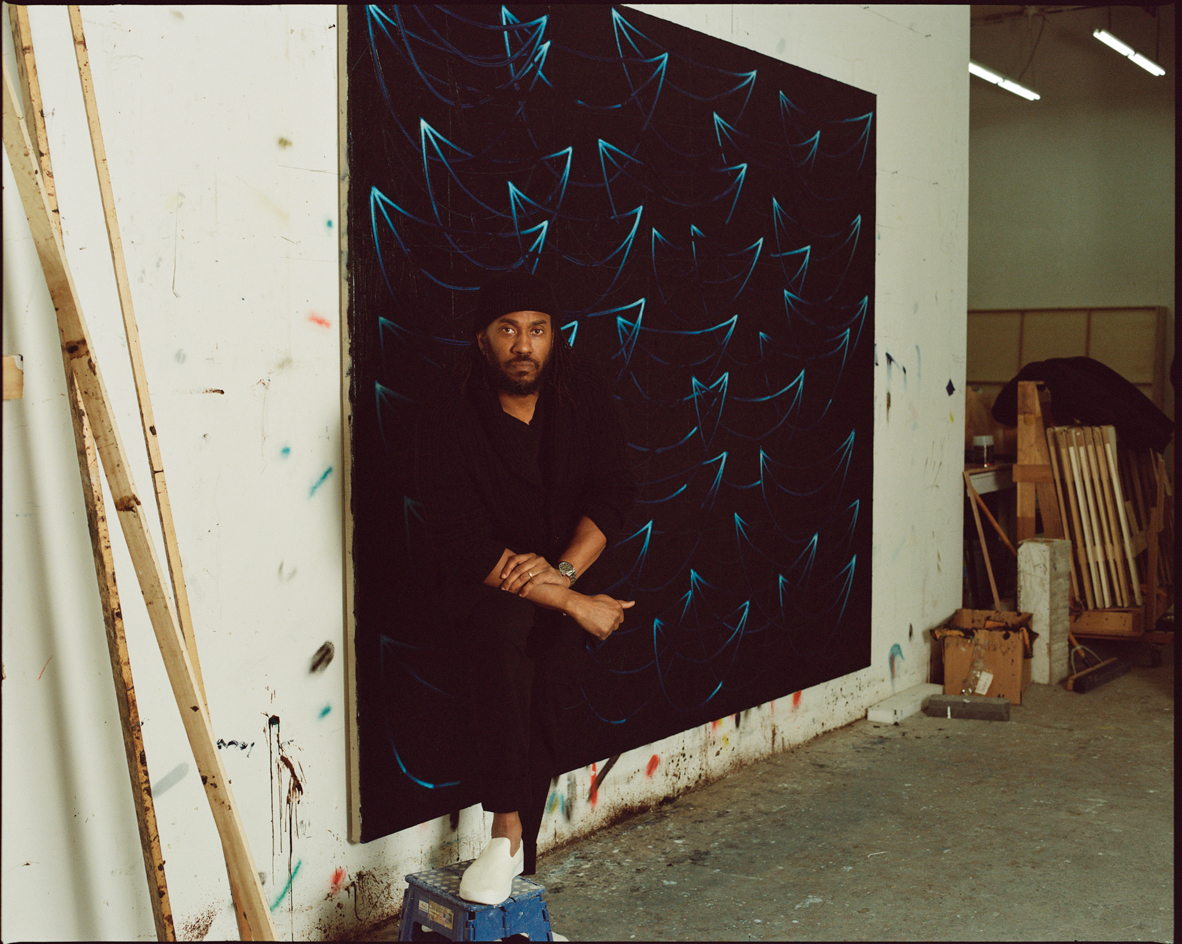 Rashid Johnson in Menorca: a journey through migration, longing and togetherness
Rashid Johnson in Menorca: a journey through migration, longing and togethernessWe visited Rashid Johnson’s Brooklyn studio ahead of the artist’s show at Hauser & Wirth Menorca, which contemplates drift – physical and emotional
By Osman Can Yerebakan
-
 Step inside the kaleidoscopic universe of Pipilotti Rist
Step inside the kaleidoscopic universe of Pipilotti RistSwiss artist Pipilotti Rist, who headlines Wallpaper’s November 2022 issue, has transformed the way we see, with a poetic yet playful practice spanning three decades. Here, and in a special portfolio, she reveals how she has liberated video art from its conventions, imbued the digital realm with emotion, animated public spaces, and harnessed the healing powers of colour
By Jessica Klingelfuss
-
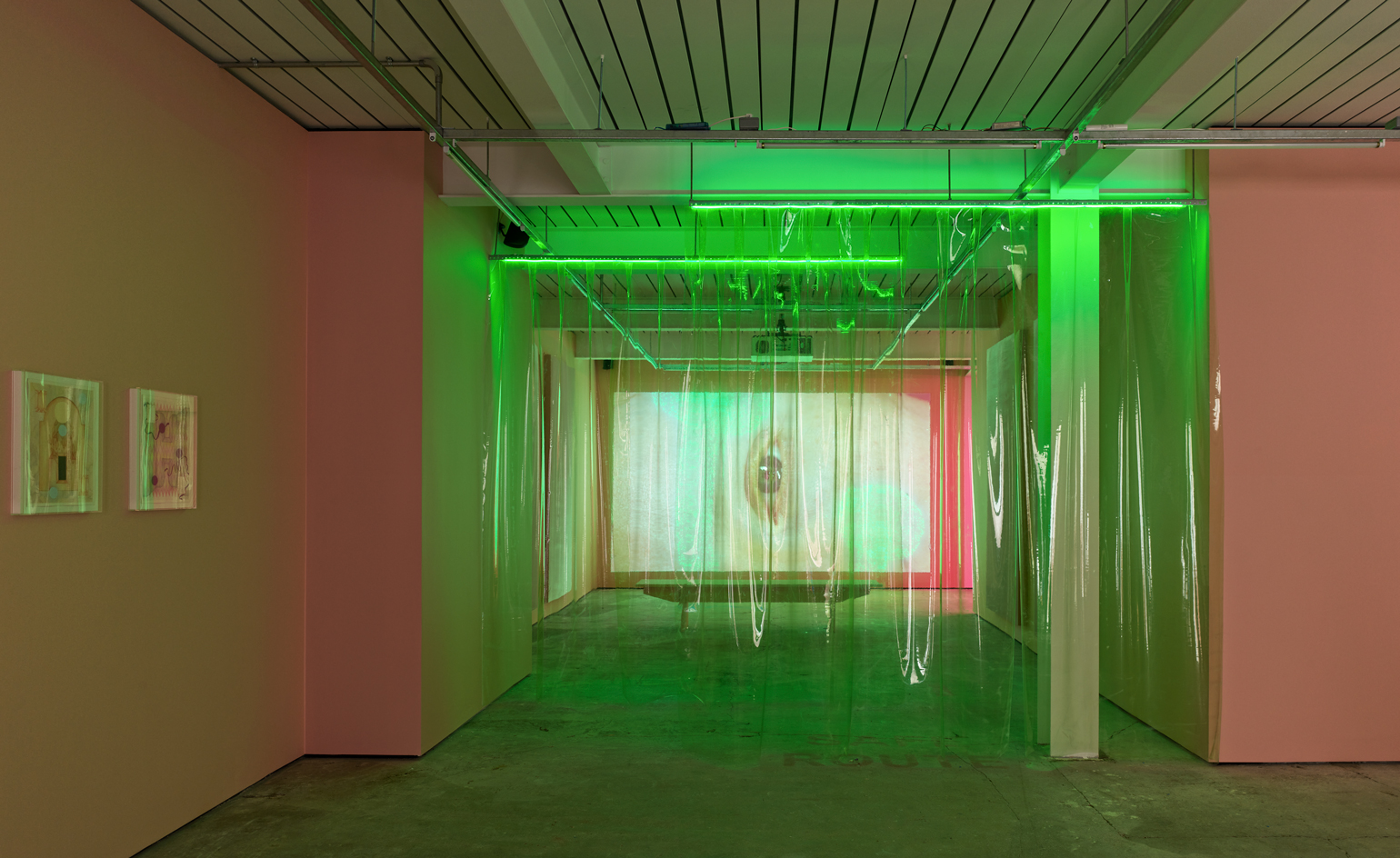 Gathering: the new Soho gallery blending art and social activism
Gathering: the new Soho gallery blending art and social activismGathering, the newest gallery resident in London’s Soho, will focus on contemporary art exploring systemic social issues. Ahead of Tai Shani’s inaugural show, we speak to founders Alex Flick and Trinidad Fombella about their vision for the gallery
By Harriet Lloyd-Smith